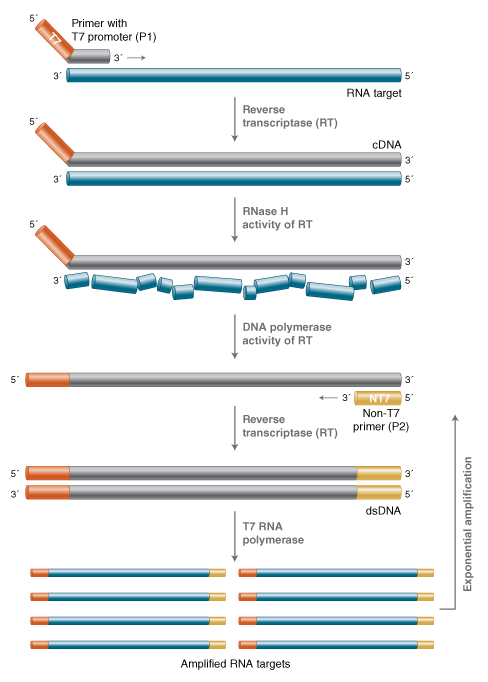β BLOCKERS
- Timolol ( Adult : 0.5%, Child : 0.25% )
- Betaxolol ( 0.25% & 0.5% )
- Levabunolol ( 0.5% )
- Carteolol ( 1% & 2% )
- Metipranolol ( 0.1%, 0.3% 6% )
Mechanism of Action:
Mechanism:1
Blocks β2 receptors in ciliary body
(Site of aqueous formation)
↓
Decreased aqueous production
(sympathomimetic action–aqueous production)
↓
Reduced intra ocular pressure (IOP)
Mechanism:2
In juxta canalicular part
↓
Opens trabecular space
↓
Increase aqueous outflow
↓
Decrease IOP
Duration of action: 12 hours ( TIMOLOL )
Frequency: BDS
INDICATIONS :
- Developmental glaucoma
- Open Angle Glaucoma: Primary & Secondary
- Angle Closure Glaucoma
CONTRA-INDICATIONS:
- Bronchial ashthma
- COPD
- Heart Attack
- CHF
- Cardiomyopathy
- Drug allergy
- Betaxolol, selective β1 adrenergic antagonist, is drug of choice for these patients.
ADVANTAGES : (over miotics: pilocarpine)
- No change in pupil size – no dimness of vision in dim light & in cataract patients.
- No induced myopia
- No headache/brow pain
- No fluctuation in IOP
- ½ daily dose
SIDE EFFECTS:
- OCULAR:
- Burning sensation, irritation, dry eye
- Conjunctival hyperemia
- Superficial punctuate keratitis
- Corneal anesthesia
- SYSTEMIC:
- CVS: due to β1 blockade : syncope, bradycardia, arrhythmia, heart failure.
- RS: due to β2 blockade ( not with Betaxolol ) : bronchospasm, airway obstruction.
- CNS: depression, anxiety, confusion, disorientation, hallucination.
- MISCELLANEOUS: nausea, diarrhea, reduced libido, skin rashes, alopecia, exacerbation of myasthenia gravis.
FOR TIMOLOL ONLY :
- SHORT TERM ESCAPE: marked fall in IOP followed by transient rise with continued moderate fall in IOP.
- LONG TERM DRIFT:
- LONG TERM SHIFT:






